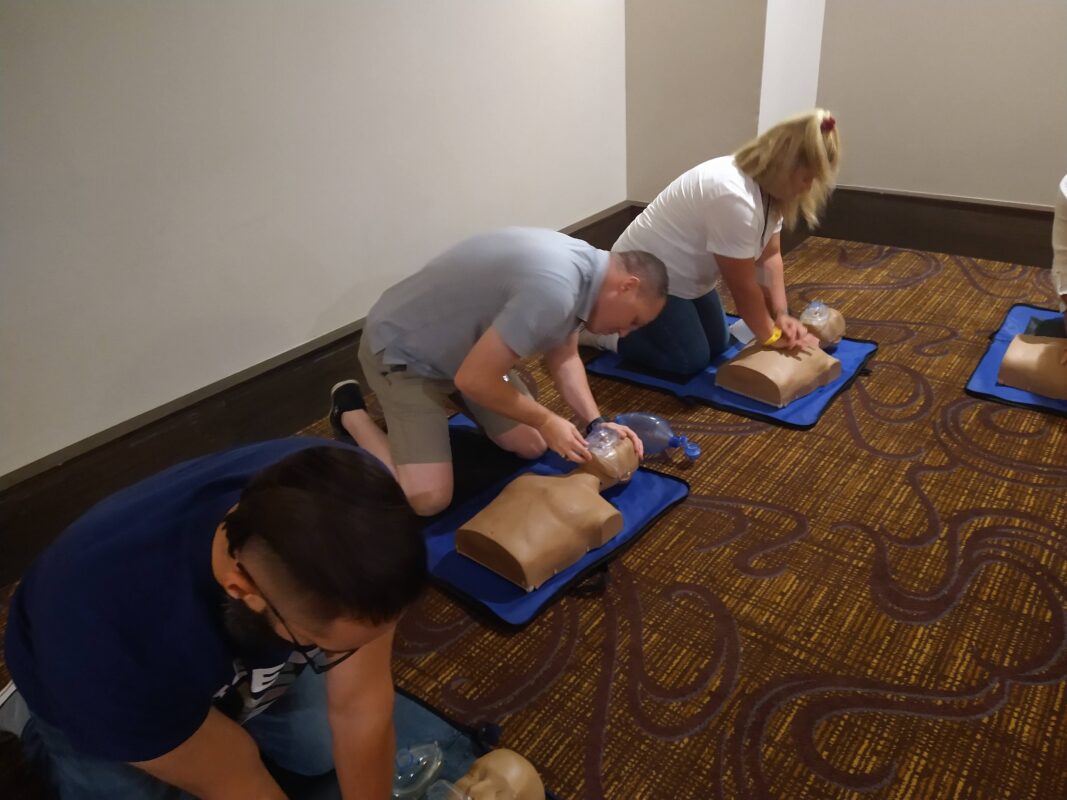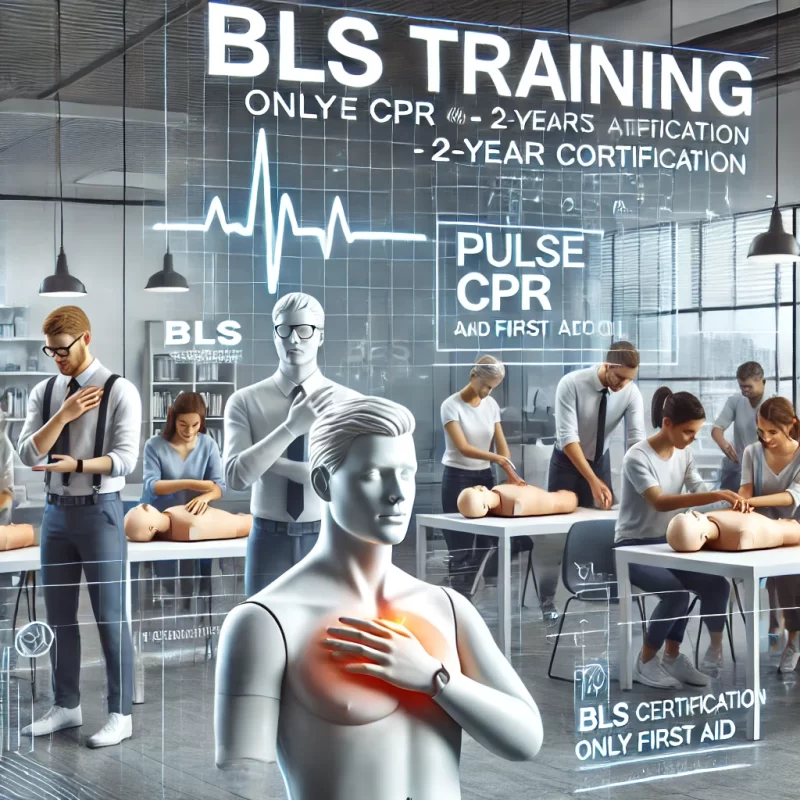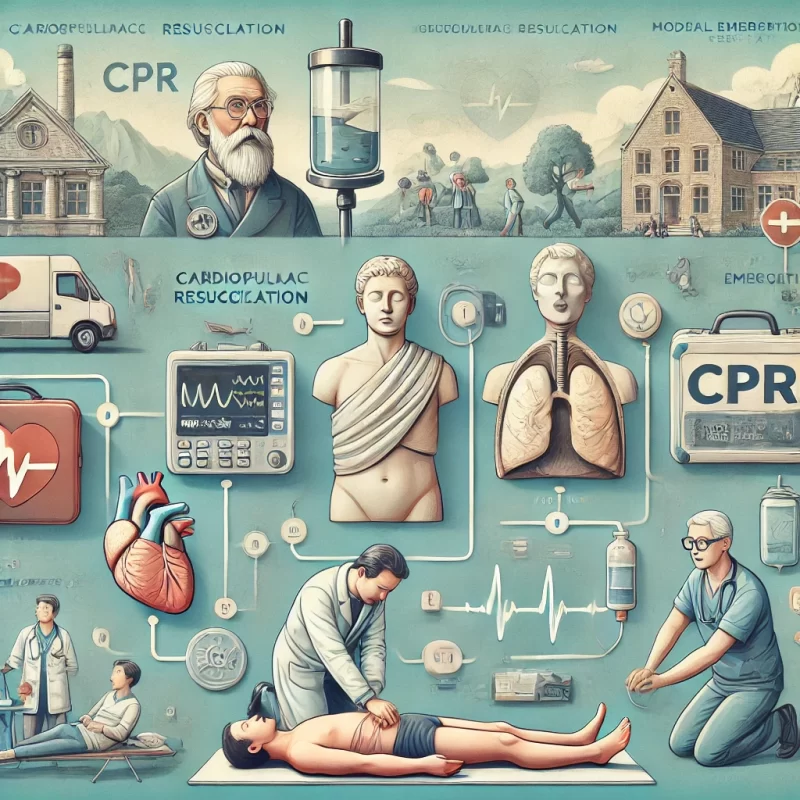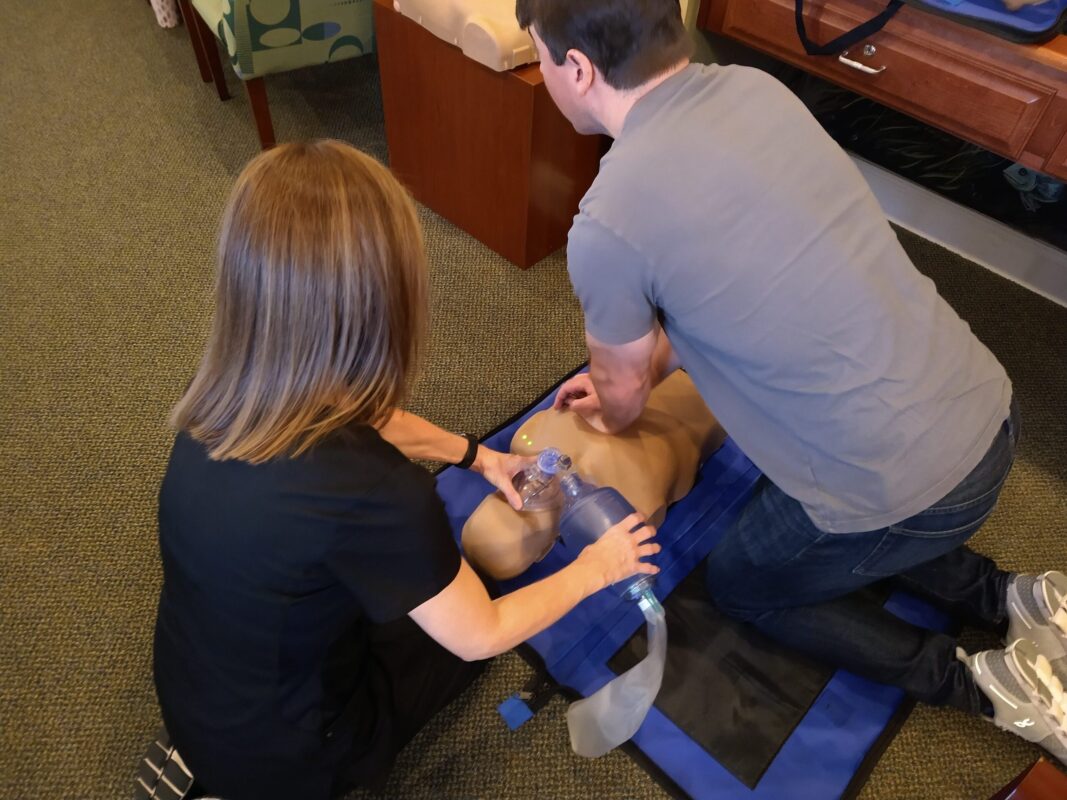The Ultimate Guide to CPR

Why CPR Knowledge Is Critical
Every year, over 350,000 cardiac arrests happen outside of hospitals in the U.S. alone. In these emergencies, every second counts. Performing CPR (Cardiopulmonary Resuscitation) can double or even triple a person’s chance of survival. Yet, most bystanders don’t take action simply because they don’t know what to do.
This guide will teach you everything you need to know about CPR—so if an emergency ever happens, you’ll be ready to save a life.
What Is CPR?
CPR is a life-saving procedure that keeps oxygen-rich blood flowing to the brain and vital organs when the heart stops beating. It involves two main actions:
- Chest Compressions – Pumping the heart manually to circulate blood.
- Rescue Breaths (if trained) – Providing oxygen directly to the lungs.
Immediate CPR can increase survival rates by over 200%, but sadly, only about 46% of people in cardiac arrest get CPR from a bystander. Let’s change that!
Step-by-Step Guide to Performing CPR
1. Check for Responsiveness
- Shake the person gently and shout, “Are you okay?”
- If no response, immediately call 911 or ask someone else to do it.
2. Begin Chest Compressions
- Place the heel of your hand in the center of the person’s chest (on the lower half of the breastbone).
- Interlock your hands, keep your arms straight, and use your upper body weight.
- Push hard and fast at a rate of 100-120 compressions per minute (Think: Stayin’ Alive by the Bee Gees).
- Compress at least 2 inches deep in adults and allow full recoil after each push.
3. Provide Rescue Breaths (If Trained)
- Tilt the head back, pinch the nose, and give two breaths while watching for chest rise.
- If the chest doesn’t rise, reposition the head and try again.
- Continue cycles of 30 compressions and 2 breaths until emergency responders arrive.
💡 If you’re untrained or unsure, just do hands-only CPR—continuous chest compressions without rescue breaths. It’s still highly effective!
Special Considerations
✔ For Infants (Under 1 Year): Use two fingers for compressions, press 1.5 inches deep, and perform gentle rescue breaths. ✔ For Children (1-8 Years): Use one hand if necessary, compress 2 inches deep, and give breaths as with adults. ✔ For Drowning Victims: Prioritize rescue breaths first before compressions. ✔ For Pregnant Women: Perform CPR as usual, but slightly tilt the person onto their left side if possible to relieve pressure on the heart.
When to Use an AED (Automated External Defibrillator)
AEDs are portable devices that shock the heart back into a normal rhythm. They’re available in many public places, like airports, gyms, and malls. If you have access to one:
- Turn it on and follow the voice instructions.
- Attach the pads to the victim’s bare chest.
- Let the AED analyze the heart rhythm and deliver a shock if needed.
- Continue CPR until help arrives.
💡 Using an AED within the first 3 minutes can raise survival rates to nearly 75%!
Why Everyone Should Learn CPR
Shocking Facts:
❗ 4 out of 5 cardiac arrests happen at home—meaning the life you save could be someone you love. ❗ Brain damage starts within 4-6 minutes without oxygen. ❗ CPR training takes less than 2 hours but gives you the power to save a life forever.
Imagine this: If someone collapses in front of you, would you know what to do? Taking a CPR class ensures you do.
How to Get CPR Certified
The best way to gain confidence in CPR is through hands-on training. You can sign up for a class with organizations like:
✅ Pulse CPR and First Aid School in Martinez, GA (www.pulsecprschool.com) ✅ American Heart Association (AHA) ✅ American Red Cross ✅ Local fire departments and hospitals
Most CPR courses take just a few hours, and many offer online + in-person options.
Final Thoughts: You Have the Power to Save a Life
You don’t have to be a doctor to save a life. You just need to act fast and start CPR. The more people who learn CPR, the more lives we can save—so share this article with your friends and family!
💬 Would you feel confident performing CPR in an emergency? Let us know in the comments!
🚨 Sign up for a CPR class today—because every heartbeat matters! 🚨



